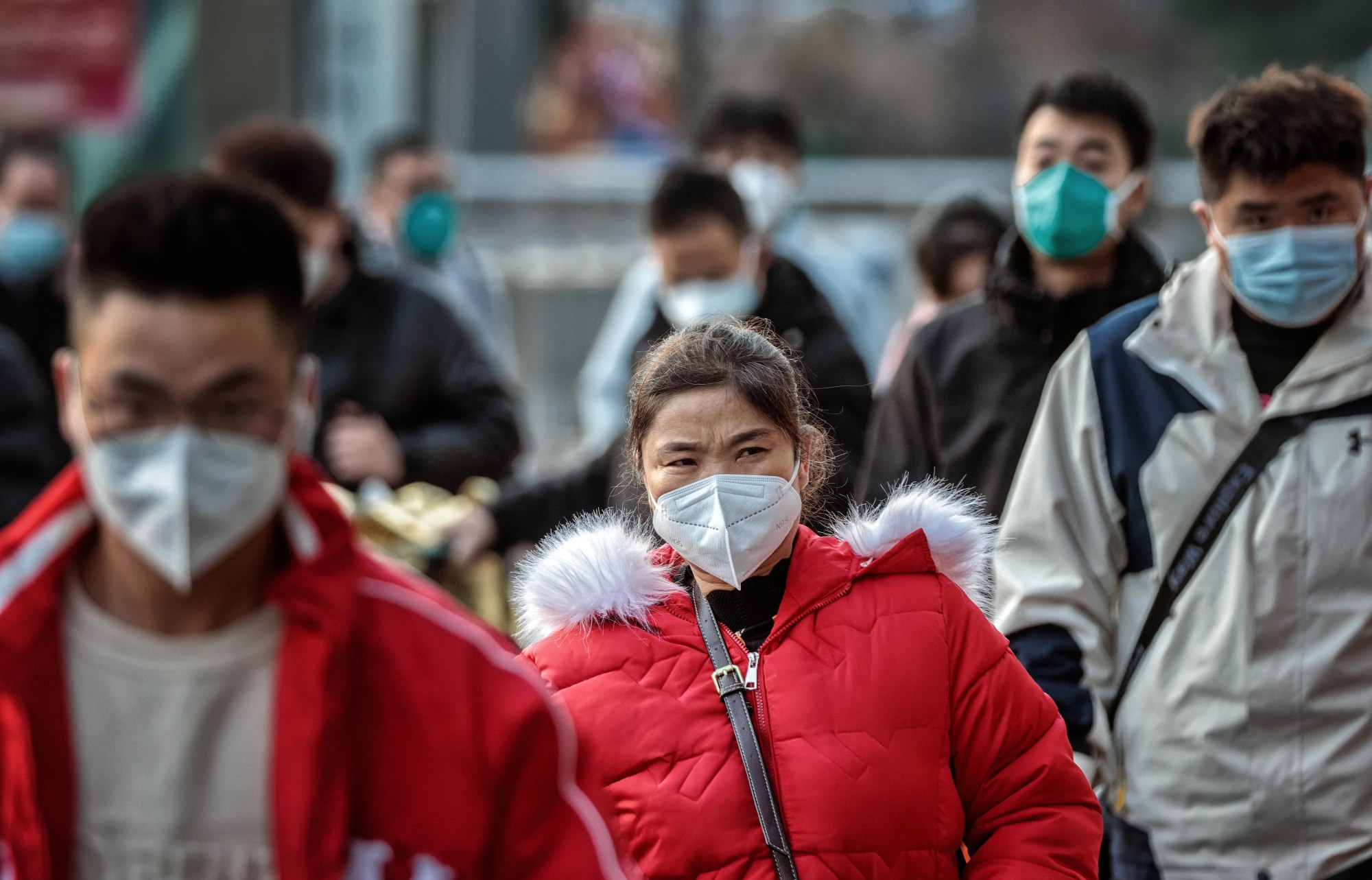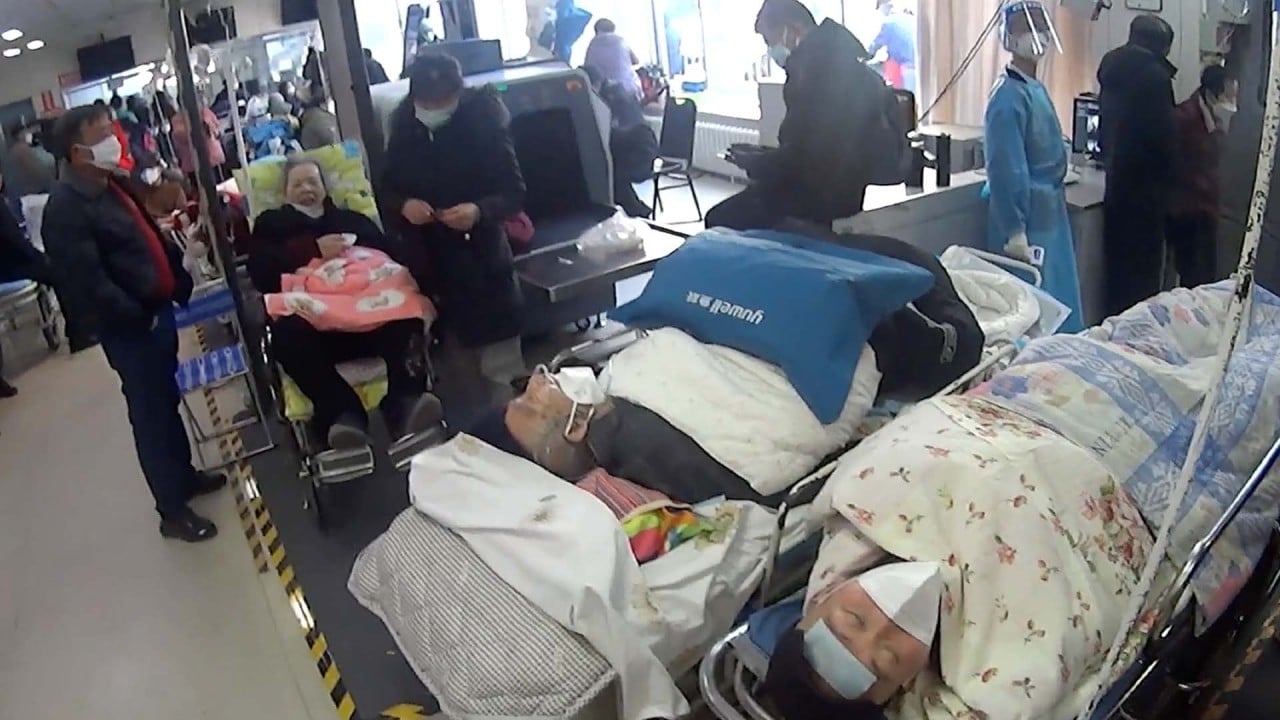
China’s sudden reopening has spooked markets, in a case of being careful what you wish for
- Markets have been clamouring for Beijing to end the zero-Covid policy for some time, well aware that the exit would not be a smooth one
- Now that China has opened up much faster than anticipated, causing major business disruptions, investors have taken fright
Do financial markets really want China’s economy to open up? Just a few months ago, it would have seemed absurd to even ask such a question. Beijing’s zero-tolerance approach to the Covid-19 pandemic, which relied on frequent lockdowns and mass testing to suppress the virus, was viewed as the biggest impediment to stabilising asset prices and allowing stimulus measures to work more effectively.
In a note published on December 13, Morgan Stanley, which recently lifted Chinese stocks to an overweight position in its portfolio, said it no longer viewed the reopening process as attractive and recommended that clients hedge against mounting risks.
While the trajectory of the outbreak is uncertain, many who had hoped that China would learn to live with the virus now fear the consequences of a hasty retreat from zero-Covid.
However, while fears of a public health catastrophe were bound to intensify following the rapid dismantling of controls, it is the sudden change in the economic narrative around China’s reopening that is more striking.
In a report published last Sunday, JPMorgan said it was concerned about “transitional pain, i.e. both production (due to temporary loss of labour supply) and demand (due to self-imposed mobility restrictions) may be weak when China moves from low infection to herd immunity”.
Much of this has to do with the timing of China’s reopening. Not only is Beijing ditching its zero-Covid policy as the winter season gets under way, allowing the virus to spread more easily, China is opening up just when global monetary policy has reached an inflection point.

International investors look at China’s reopening through the prism of US monetary policy. Bond markets are already pricing in rate cuts in the second half of next year despite the Fed’s reluctance to loosen policy. Equity and corporate debt markets, meanwhile, believe a full-blown recession can be averted. This leaves plenty of room for further turmoil if inflation does not come down fast enough or if global economic activity deteriorates more sharply in the coming months.
This is because the global economy and asset prices are caught between the Scylla of inflation and the Charybdis of recession. In the same way that investors are hoping for “immaculate disinflation” – bringing prices under control without crushing the economy – markets want China to exit zero-Covid in a more or less orderly manner.
The reality is that China has opened up much faster than anticipated, precipitating an uncontrolled outbreak and causing widespread disruptions. Time will tell whether a chaotic reopening is preferable to no reopening at all. What is clear, however, is that whether it is the end of zero-Covid in China or the battle against inflation, painful trade-offs need to be made, something markets need to accept.
Nicholas Spiro is a partner at Lauressa Advisory


